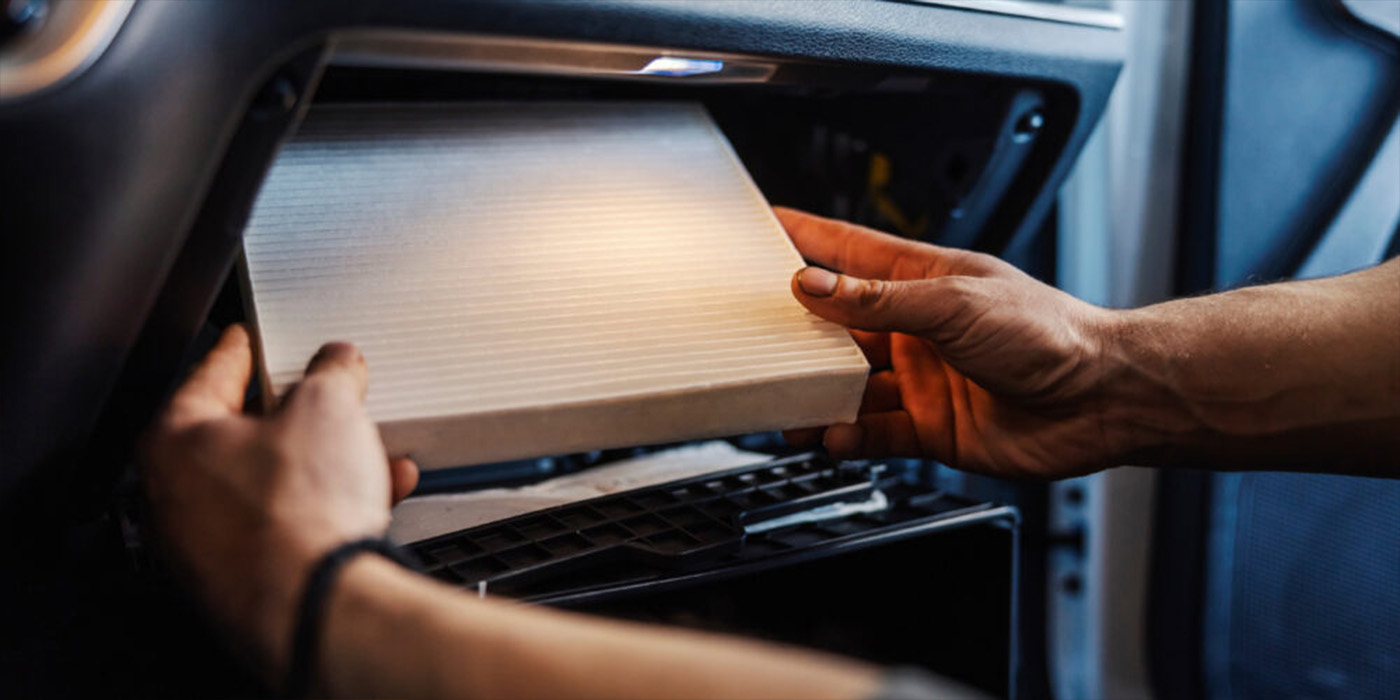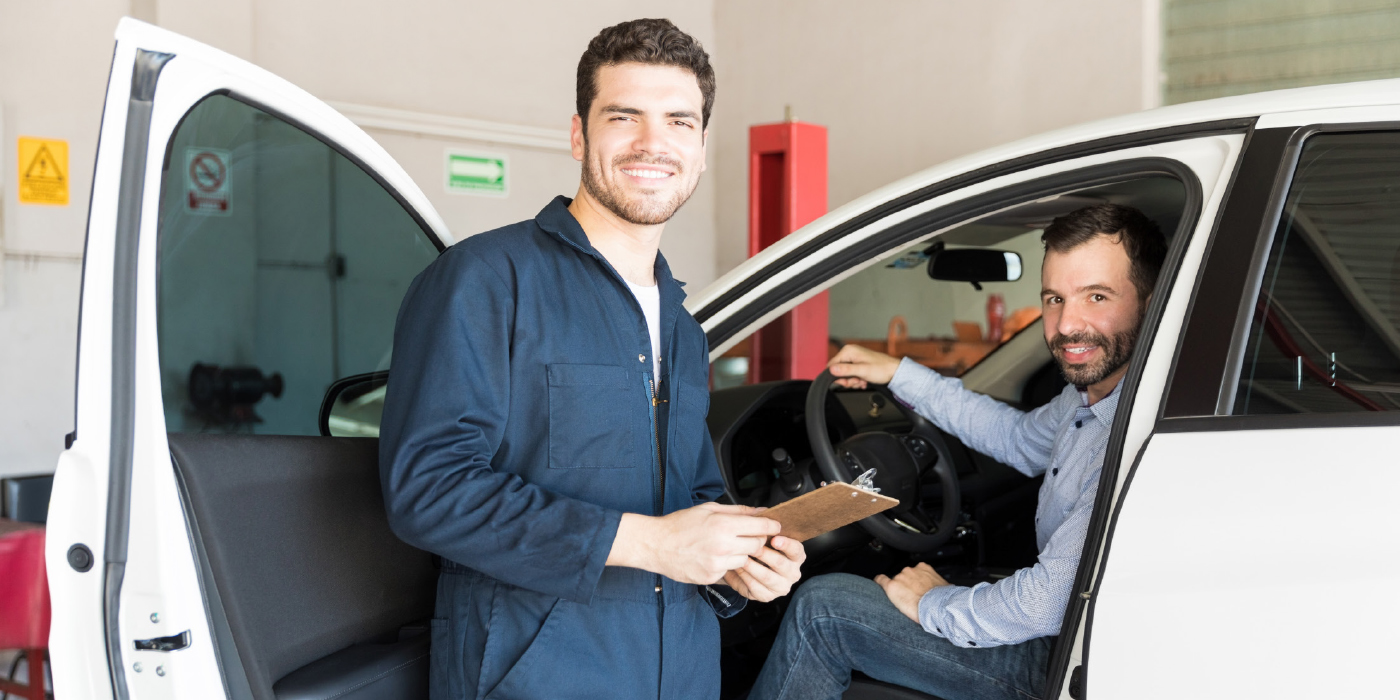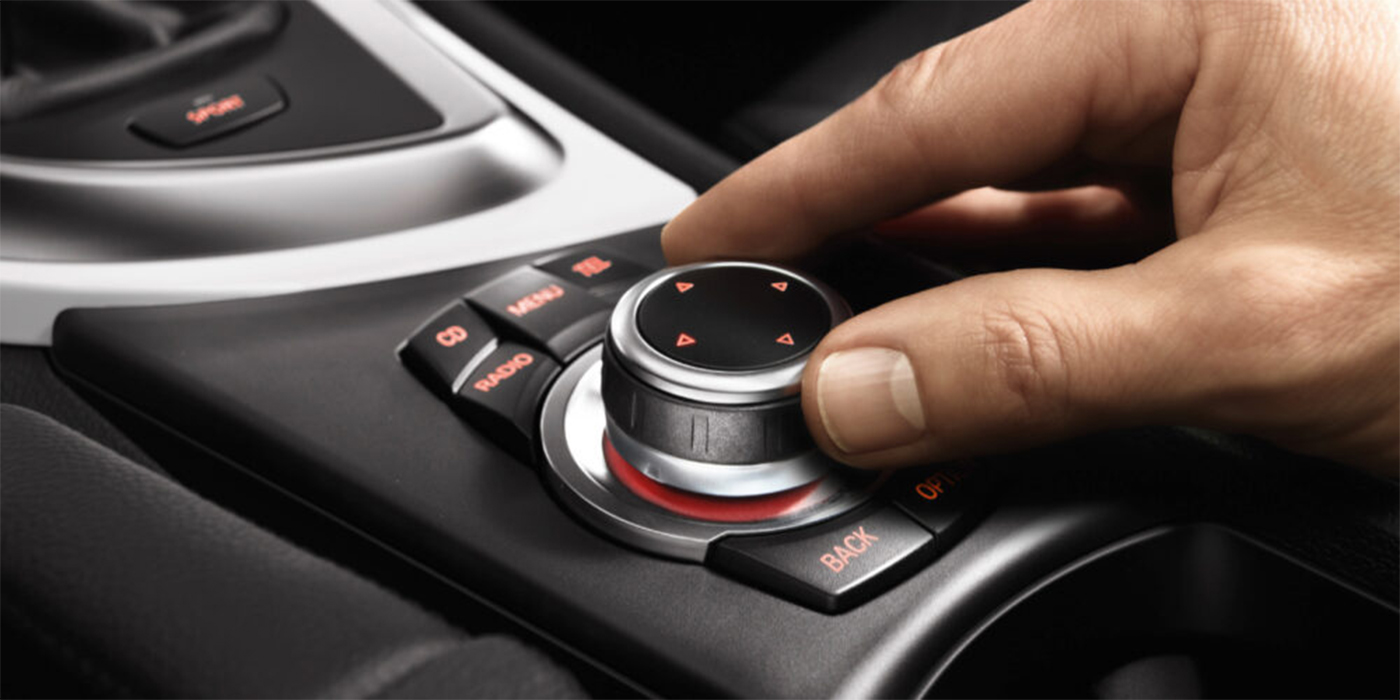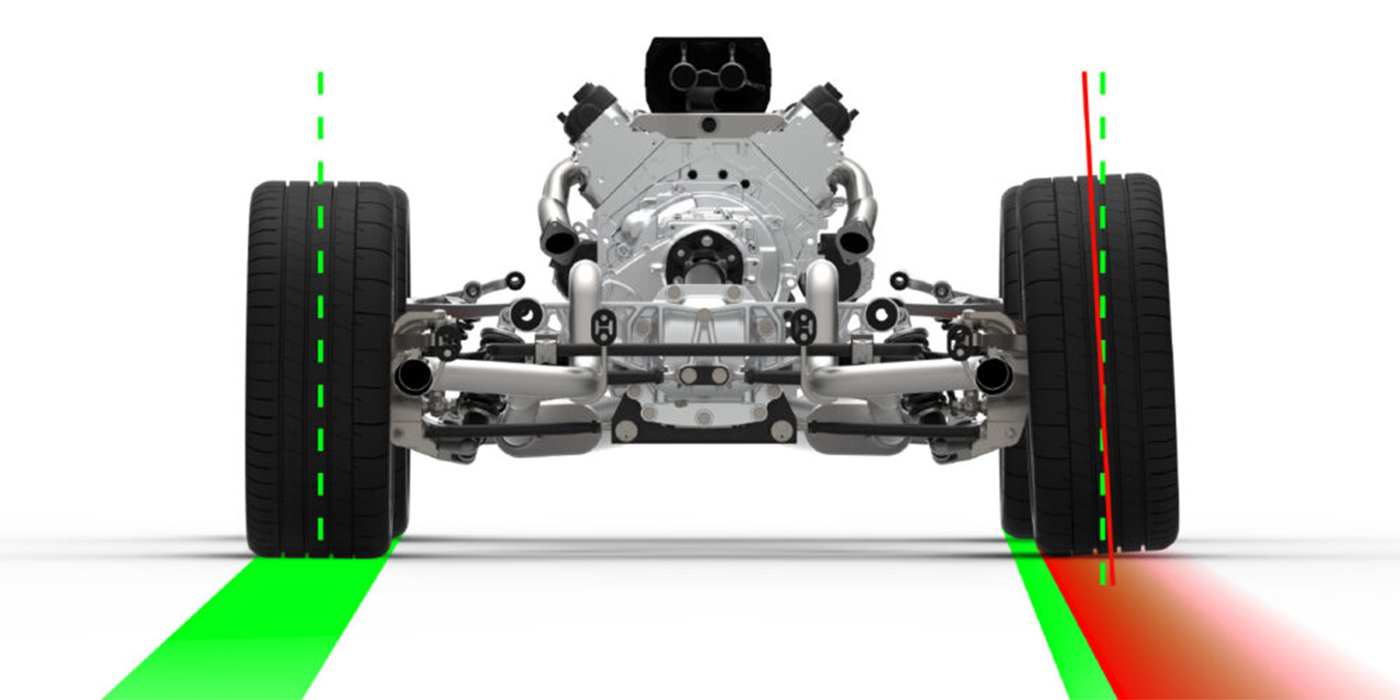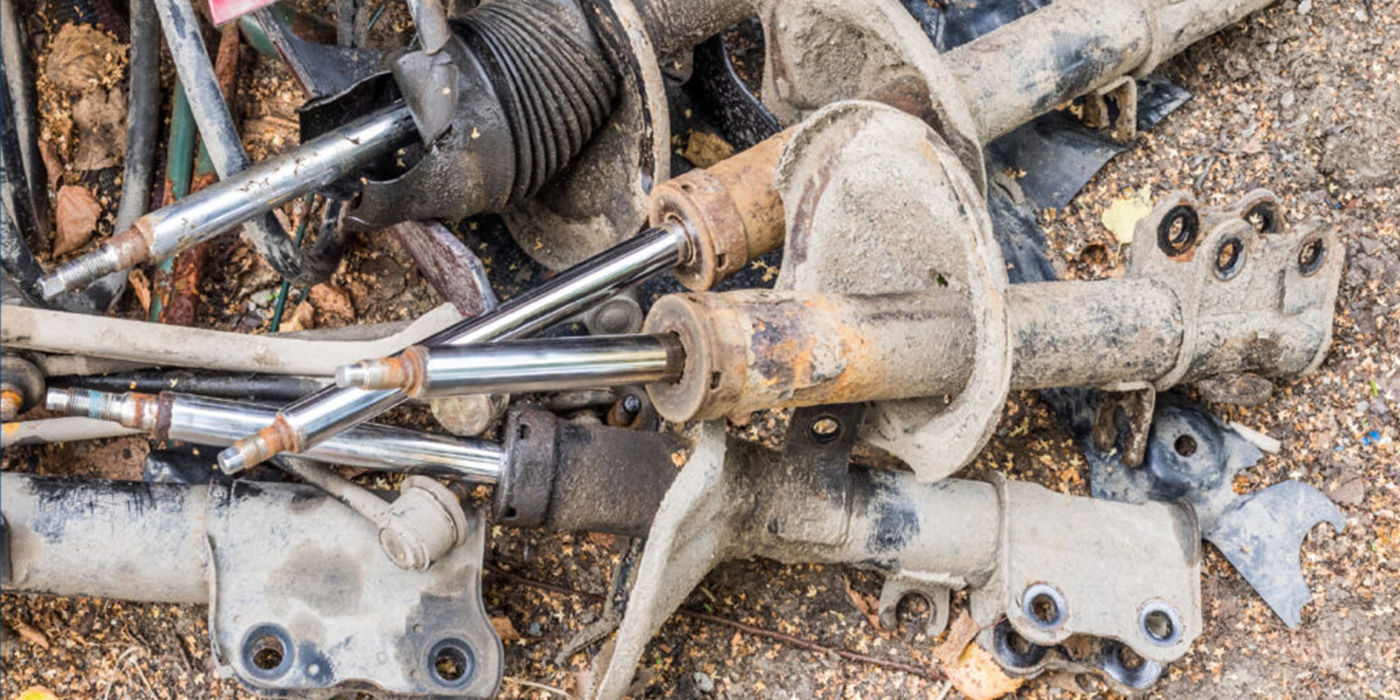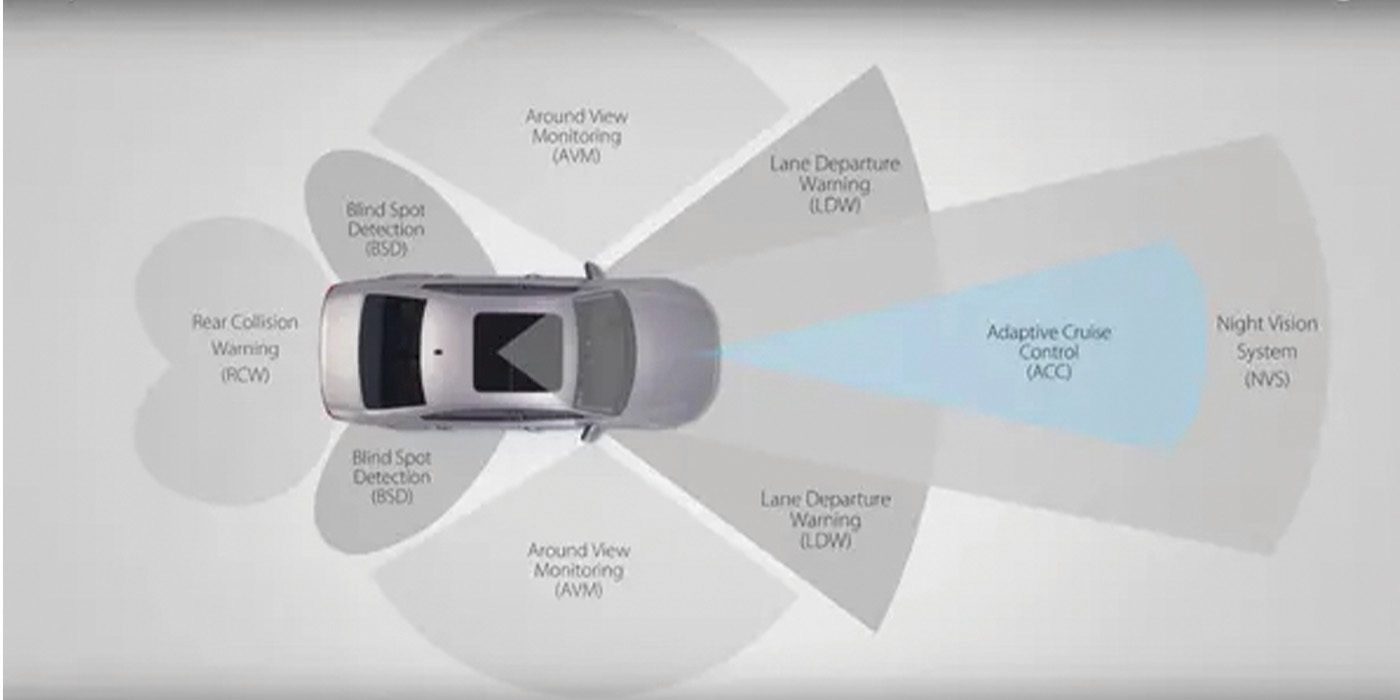Everyone wants to be heard, and demonstrating a capacity for listening to customers — to both the good and the bad — has never been more important. For automotive dealers and brands, social listening is an important strategy for improving the customer experience — both online and in the showroom — because it helps you understand customer sentiment about your brand and make targeted improvements that set you apart from the dealership down the street.
Social listening is different from social monitoring, which is a simple process of identifying brand mentions. Social listening is the process of analyzing social media conversations, shares, mentions and other social media data to make better business decisions.
A comprehensive social listening strategy has benefits well beyond marketing and social media metrics, including sales or service improvements, operational efficiencies, better employee engagement and, ultimately, increased sales and service business.
Here are some tips for improving your company’s social listening skills:
1. Make the First Move
Don’t wait for social commentary to just magically happen — be proactive about engaging with local communities to drive interest and online activity. The more active you are on social channels, the more engagement you’re likely to receive.
Try a Twitter poll or survey to get the ball rolling and the comments coming in. Post eye-catching photos on Instagram of new inventory or showroom activity. Share relevant content, such as tips on car financing or information about new vehicles. Break the ice with your local audiences and then tune into the conversations that ensue.
2. Take the Bad with the Good
When people take the time to express their opinions about your company or product on social channels, they’re giving you a gift. Even negative social commentary is useful — it helps you uncover problem areas in dealerships or can point to elements of your marketing approach that aren’t really relevant to your audience. Take this information and analyze it, so you can plan necessary changes that will move the needle.
Maybe you need to staff up certain locations, or your inventory is low on a particular vehicle model. Social listening can clue you into shortcomings and help identify your strengths, so you can standardize on what’s working across your locations and make adjustments when needed to improve CX.
3. Make a Big Deal About It When Customer Feedback Drives Improvement
What better way to demonstrate that you’re listening than to take corrective action? Invite your community to pat themselves on the back for alerting you to problems and giving you a chance to fix them.
Your timely and thoughtful responses to concerns expressed on social platforms demonstrate to your customers and the public at large how committed you are to meeting their needs and can help turn dissatisfied customers into loyal, repeat customers and brand advocates.
4. Leverage Technology to Keep Pace with the Speed of Social Media
As digital channels continue to proliferate, so do opportunities for consumers to share feedback and experiences. But keeping up with everything that’s happening across Facebook, Twitter, LinkedIn, Instagram, Google reviews and other channels can be challenging without the right tools in place.
A social listening platform can help you monitor the conversations your customers — and others — are having about you, your brand and your industry. Analytics platforms are often part of the package, helping to pinpoint key issues and recurring themes, and enable you to create a blueprint for targeted CX improvements.
Listen and Learn
When you really listen to the social conversation surrounding your brand and industry across channels, you learn more about the questions people have and the information they want. This information helps you shape your marketing outreach and advertising to be more relevant to your audience and adjust your service delivery and operations to meet their needs. Ultimately, this helps build brand trust and drive more business to your dealerships.
This article first appeared in Shop Owner’s sister publication AutoSuccess.


